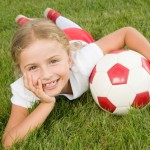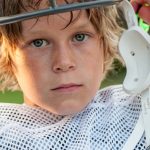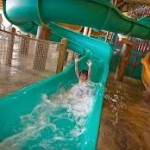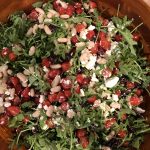Teenage Athlete Angst
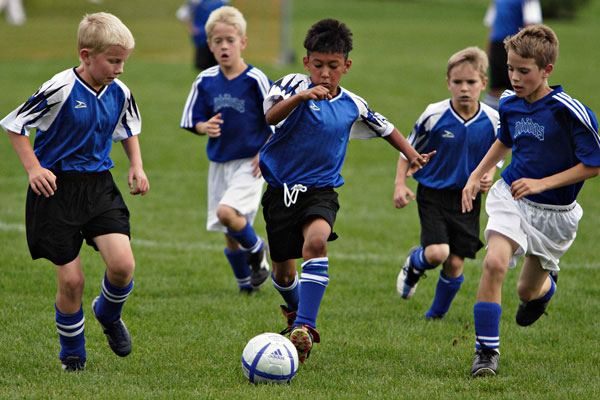
If you are raising an athlete you need to learn about the prevalence of knee injuries in children and how to prevent them. According to a paper in Pediatrics, there has been an increase in reported ACL (anterior Cruciate Ligament) tears in the last 20 years due to increased participation in sports and possibly due to more awareness.
The ACL is one of 4 ligaments surrounding the knee joint keeping the tibia (shin) bone in line with the femur (thigh) bone. It is specifically important to stabilize the knee joint during agility movements like pivoting, landing and decelerating. The highest incidence of tears is in girls between 15-20 years with the risk increasing significantly at puberty (12-13 year for girls and 14-15 years for boys).
Any adult that has suffered an ACL tear is all too familiar with the pain, disability and affect on quality of life. In a younger, developing child this can be further complicated by growth development, not to mention missing out on sports and school for (possible) surgery and lengthy rehabilitation. Those with a prior ACL injury are at 10x greater risk of re-injuring that same ligament.
Prophylactic bracing has been shown to be ineffective in preventing initial injury but is helpful post injury so aside from year round training or exercise (not just seasonal) the best prevention is neuromuscular training which include the following:
- STRENGTH training- this strengthens the muscles surrounding the knee joint to help the ligaments with stability. Consider exercises such as Squats, Plie Squats, Lunges, Wall sits, all with or without added weights. If you have access to a gym the Leg Extension and Hamcurl machines are useful but these can be performed with bands too.
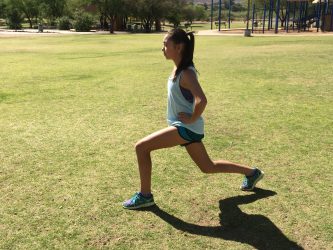
- PLYOMETRIC training – repetitive jumping, leaping and bounding exercises teach the athlete how to land properly and absorb the impact into the muscles and not the joints. Consider squat jumps, split jumps, speed skaters, box jumps, or any other agility drill specific to the sport.
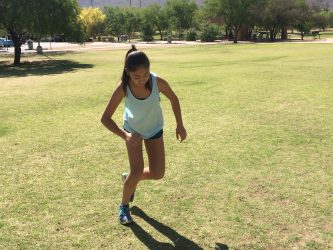
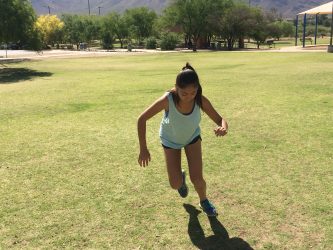
- BALANCE training – these help train the muscles and joints to stabilize on one leg (unilaterally) which is a functional movement in all sports. These can be as easy as a Stork stance (balancing on one leg) to single – legged squats, wall sits, step-ups or leg dips.
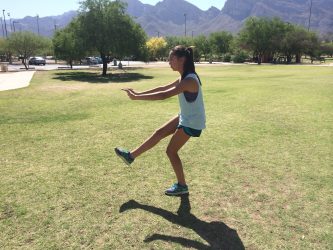
Finally, it’s imperative that your young athlete learns proper technique from the beginning. In squatting and lunging – ensuring the knees track over the feet but not past the toes and that knees are not caving in or out. Proper landing is just as imperative – ensuring a fluid motion of the legs into a deep squat during impact rather than locking out the knees. And lastly, don’t forget to stretch.